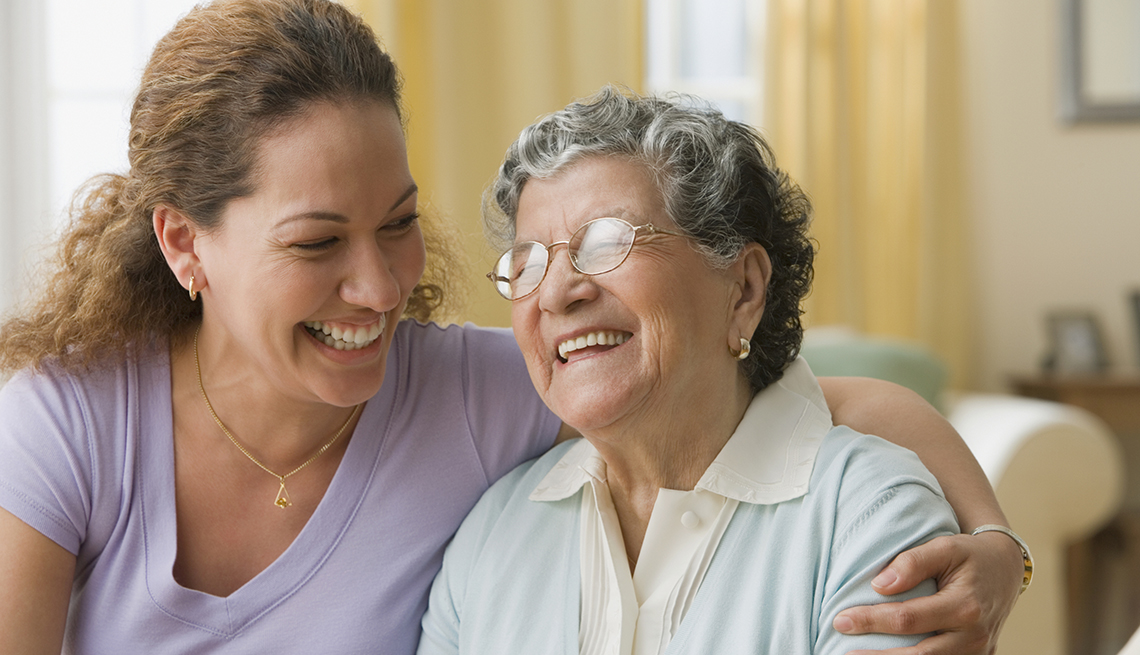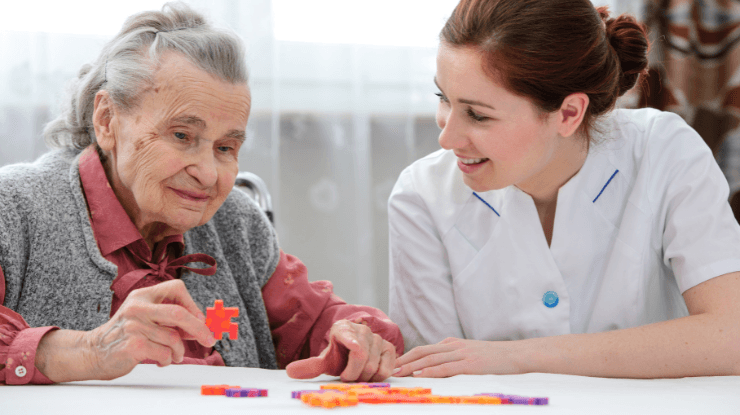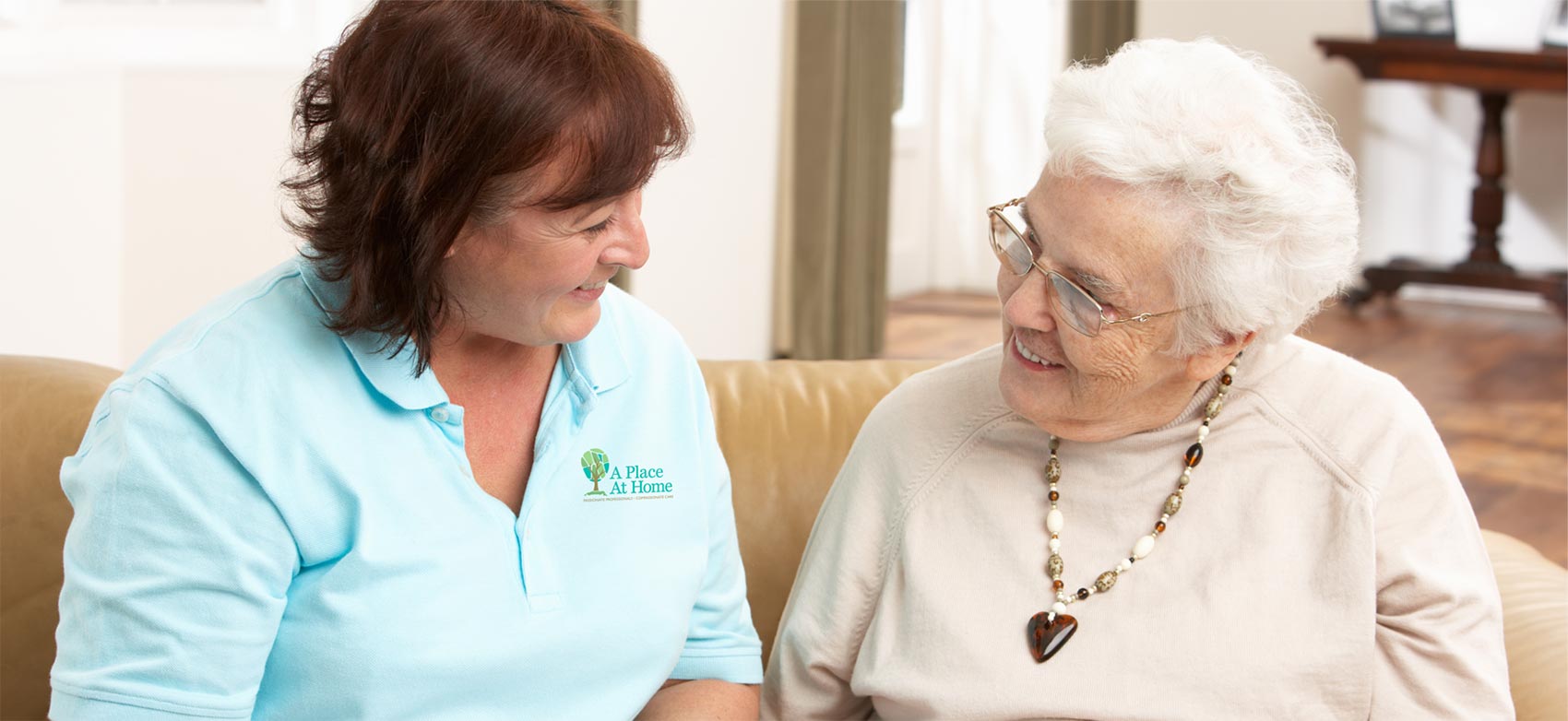Caring for a loved one is a noble and devoted act, but it can become incredibly demanding. Balancing the needs of your loved one with your personal responsibilities can be overwhelming. If this is you, you’re not alone. AARP estimates that 38 million Americans provide unpaid family care or about $60 billion worth of caregiving. The good news is that there is help through respite care.
Respite care can offer you a much-needed break as a caregiver. Understanding just what is respite care for the elderly and its vital benefits for caregivers is important for enhancing your mental well-being while caring for loved ones.
What is Respite Care for the Elderly
So, what is respite care for the elderly? It’s a temporary care service designed to give primary caregivers a break from their caregiving duties. Respite care can range from a few hours to several days or weeks and can be done at home or a facility. The goal is to ensure that your loved one continues to receive the care they need while you take the time to rest, recharge, or attend to other responsibilities.
Advantages of Respite Care
Respite care offers numerous benefits for both caregivers and seniors. For caregivers, it provides an opportunity to take a break, acts as caregiver burnout prevention, and improves your overall well-being. It’s essential for maintaining caregiver mental health, allowing you to return to your caregiving duties with renewed energy and perspective. Caregiver mental health is vital, and neglecting it can lead to serious consequences, both for you and your loved one.
For seniors, respite care offers a change of scenery and the chance to interact with different caregivers. It can be an enriching experience, providing social stimulation and a sense of independence. Additionally, professional caregivers can bring new insights and approaches to care, benefiting your loved one.
Ensuring Quality Care During Your Absence
One of the common concerns is ensuring that your loved one receives proper care while you’re away. To find reputable respite care providers, look for services that offer trained and experienced caregivers who can meet the specific needs of your loved one. Communication is critical; discuss your loved one’s routines, preferences, and medical requirements with the respite care provider.
Types of Respite Care
Respite care comes in various forms, each designed to meet different needs and preferences. Understanding the different types can help you make an informed decision. Here are the five main respite care types:
- In-Home Respite Care:
Respite care in your loved one’s home can range from a few hours of care to overnight stays. In-home caregivers can assist with daily activities and medication management and provide companionship. It’s ideal for seniors who prefer to stay in their familiar surroundings and those with mobility issues that make it difficult to leave home. - Adult Day Care Centers:
These centers offer care and social activities in a group setting during daytime hours. They provide opportunities for social interaction, meals, and various activities. It’s suitable for seniors who need socialization and structured activities during the day but can return home in the evenings. - Residential Respite Care:
This type looks like a short stay in a facility such as an assisted living community or nursing home. It can range from a few days to a few weeks. It’s a good option for caregivers who need a longer break or when the senior requires more intensive care that you can’t easily provide. - Emergency Respite Care:
This rapid-response service provides care during unexpected situations, such as a caregiver’s sudden illness or an emergency. Emergency or crisis respite care can come in various forms, both in-home and in a facility. It ensures that your loved one receives immediate care, providing peace of mind in unforeseen circumstances. - Specialized Respite Care:
Some providers, such as A Place At Home, offer respite care specifically tailored for individuals with certain conditions, such as Alzheimer’s or other forms of dementia. These caregivers are trained to deal with the unique challenges of these conditions.
The cost of respite care depends on the type of care and duration. Genworth’s Cost of Care Survey found that in 2023, adult day care’s daily median rate is $83, while in-home care ranges between $157 to $163 daily. A nursing home facility’s median daily care costs $276 to $315.
In-Home Respite Care Through A Place At Home
In-home respite care allows your loved one to stay in a familiar environment. A Place At Home offers a range of customizable senior care services to support you and your loved one’s needs. Let us help you find relief in your caregiving journey. Find an A Place At Home location near you.









